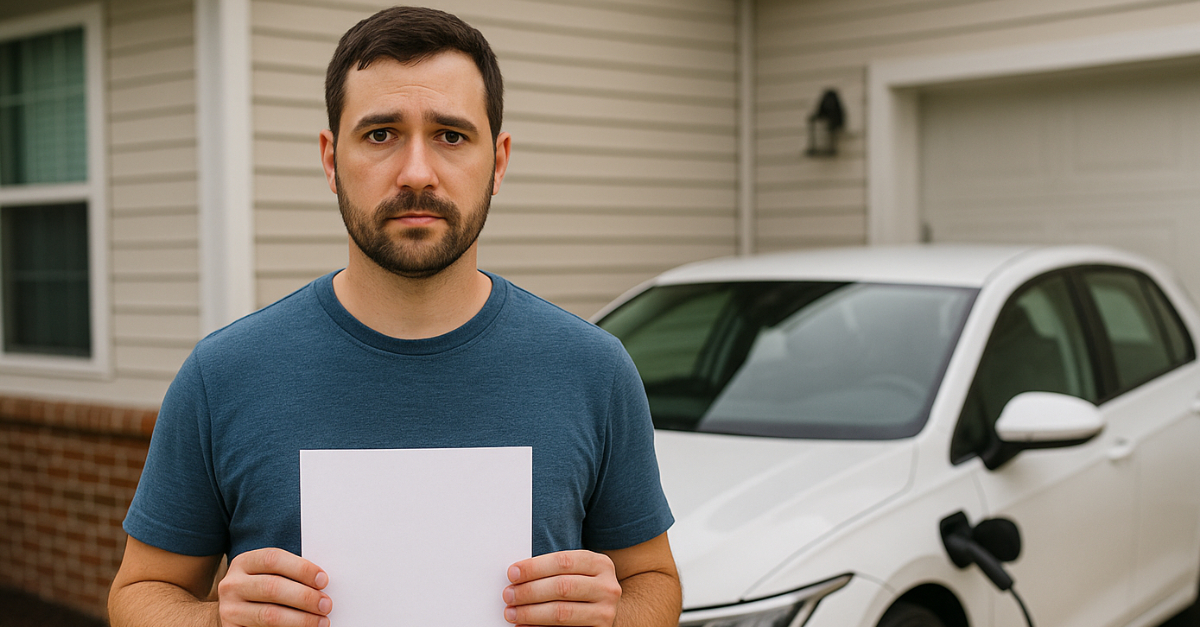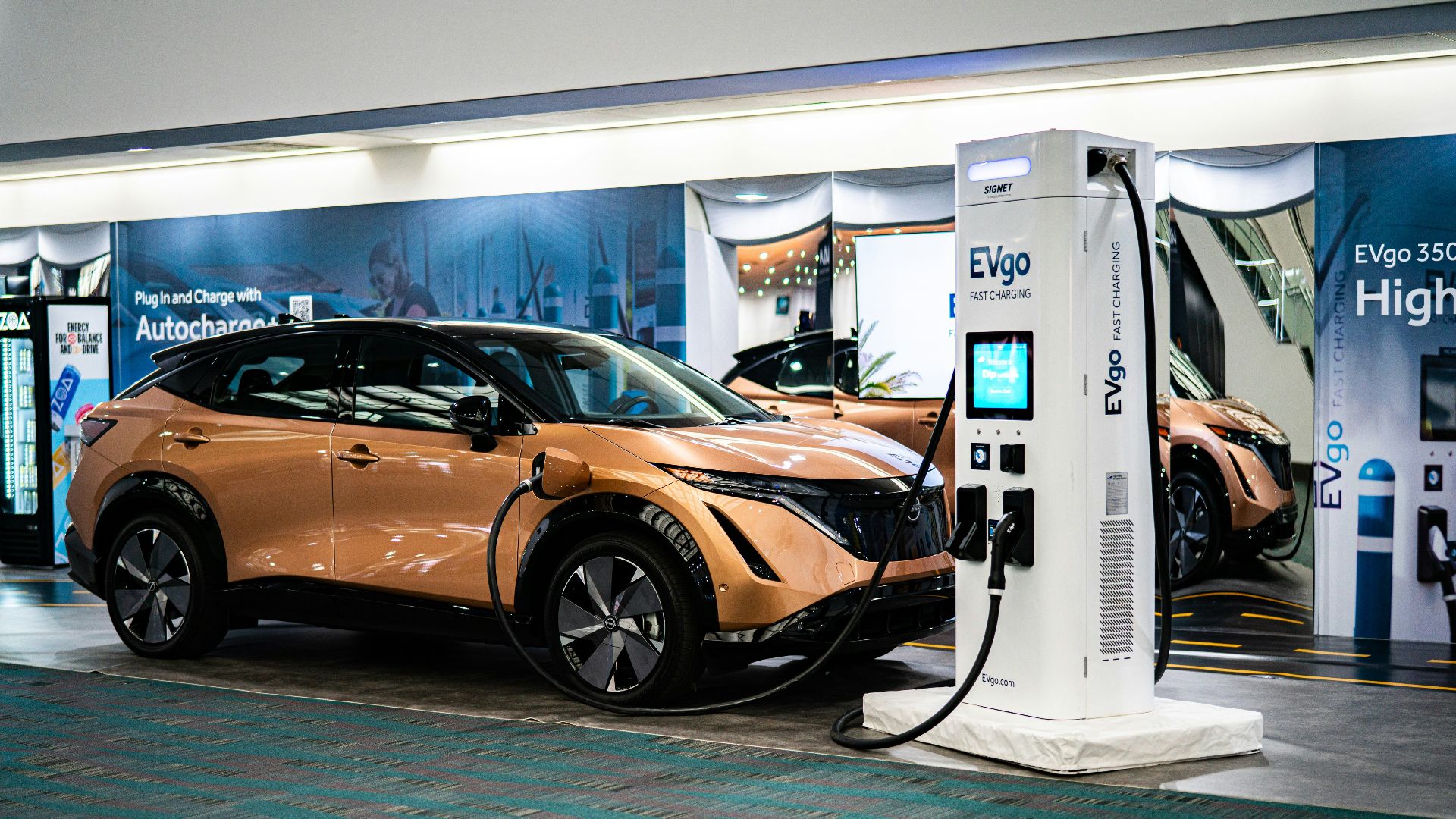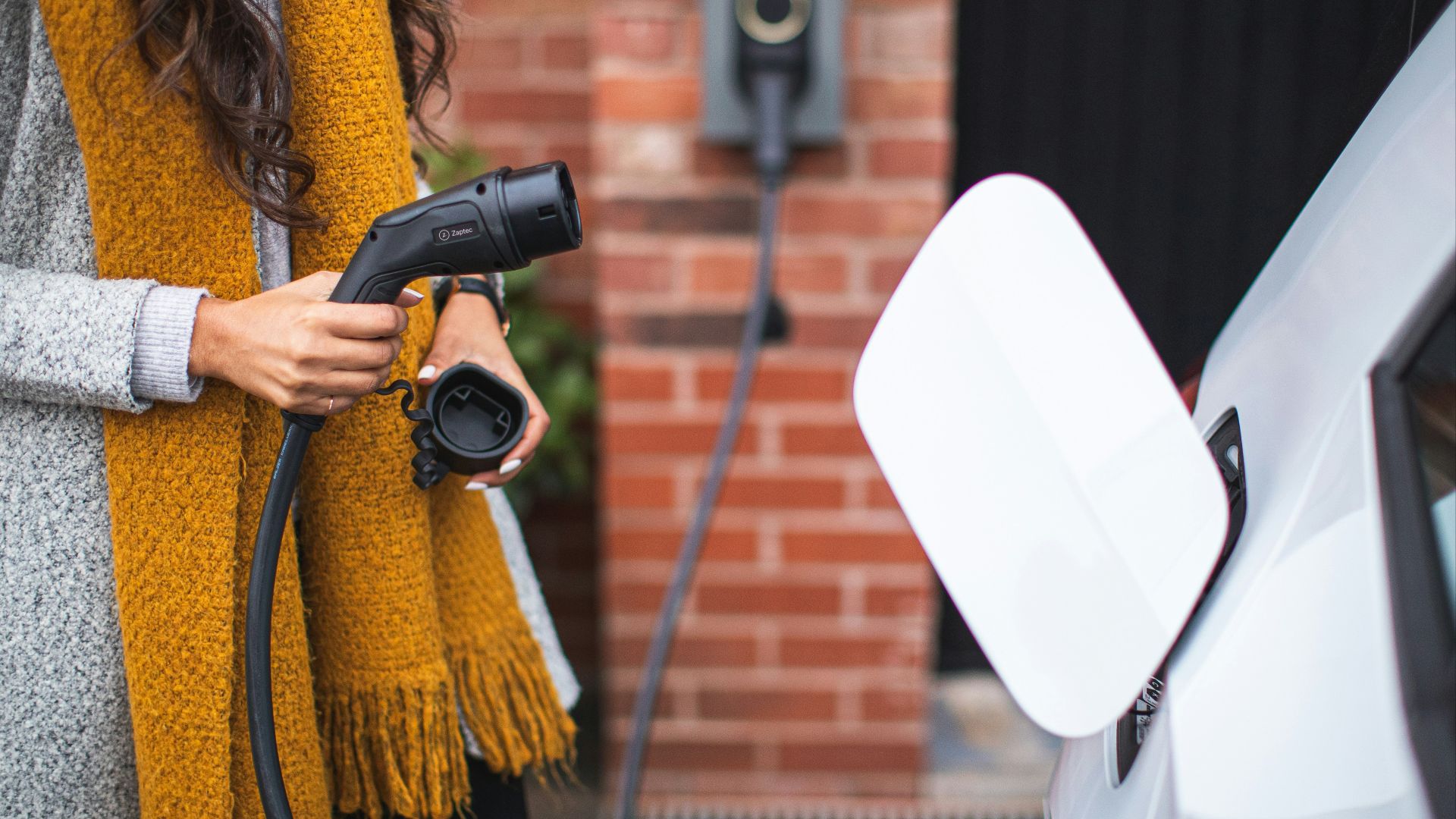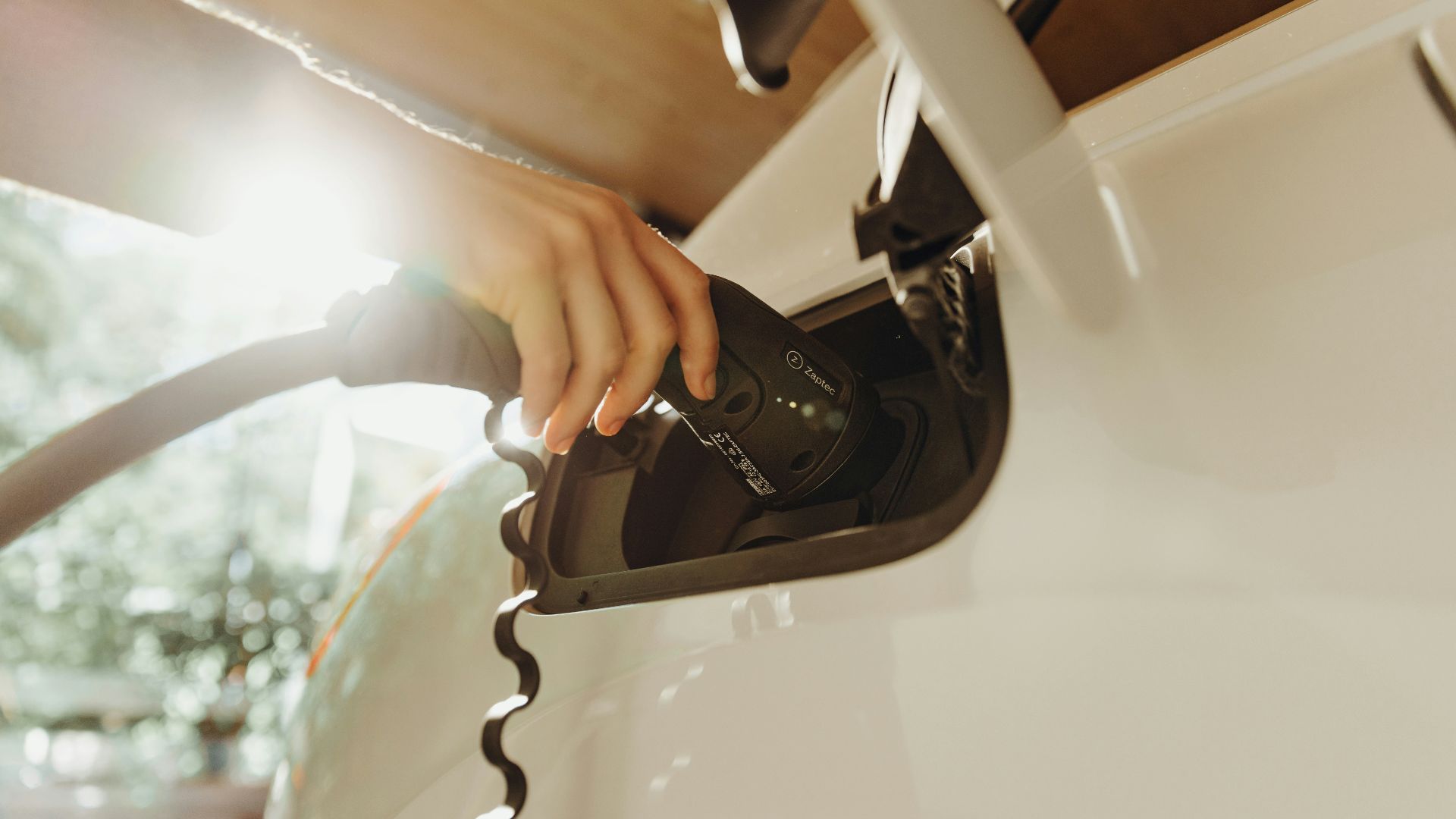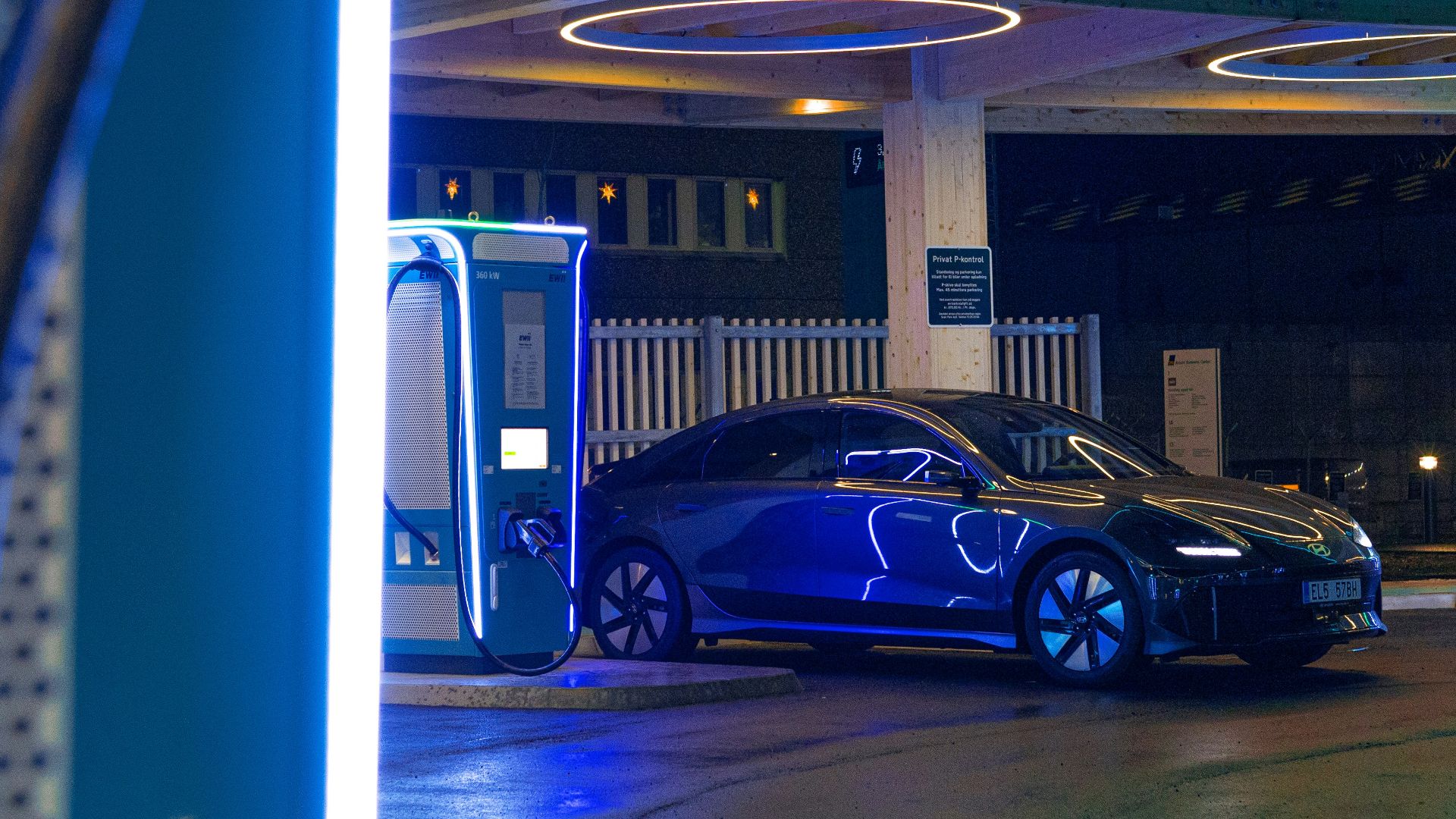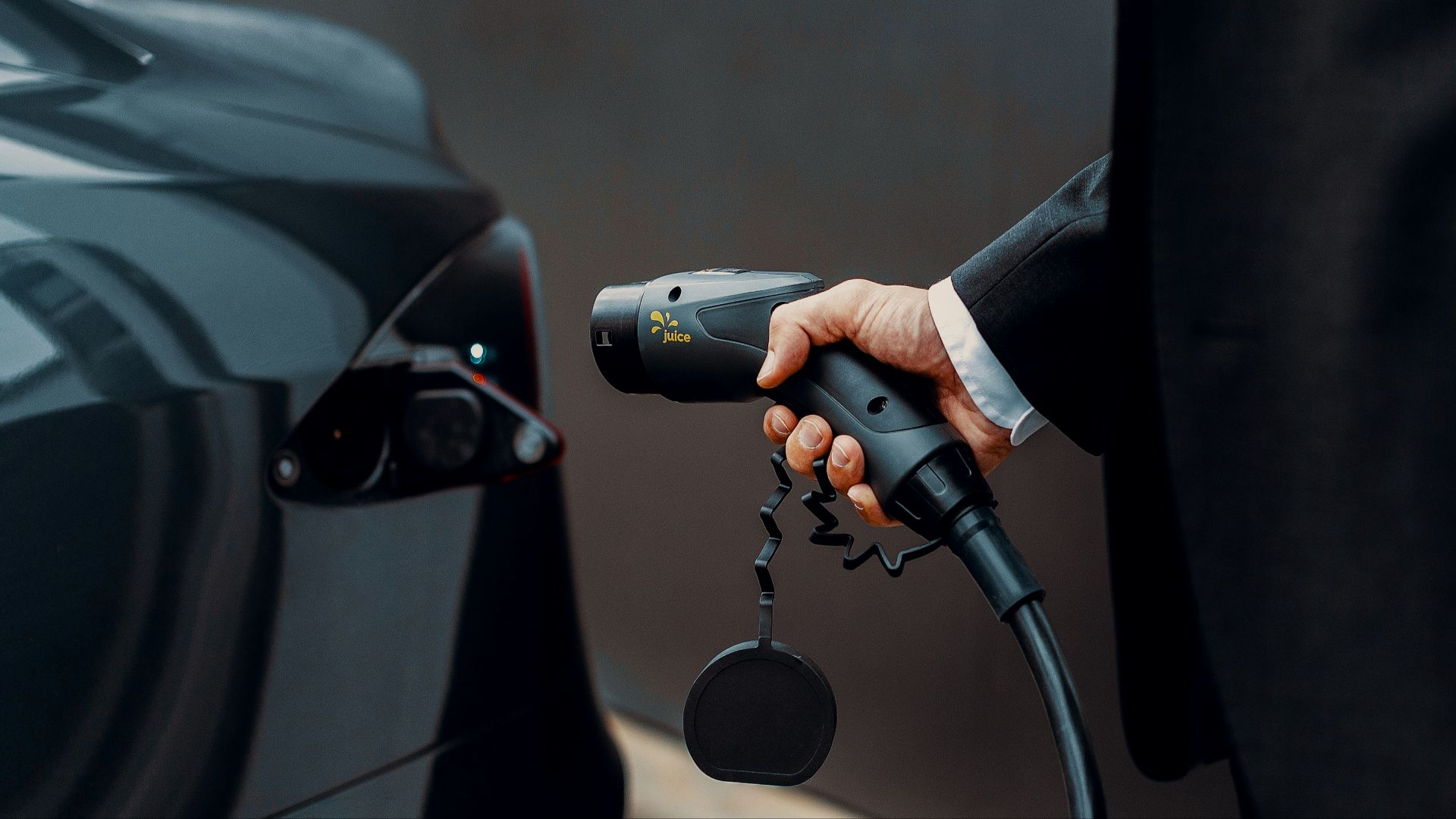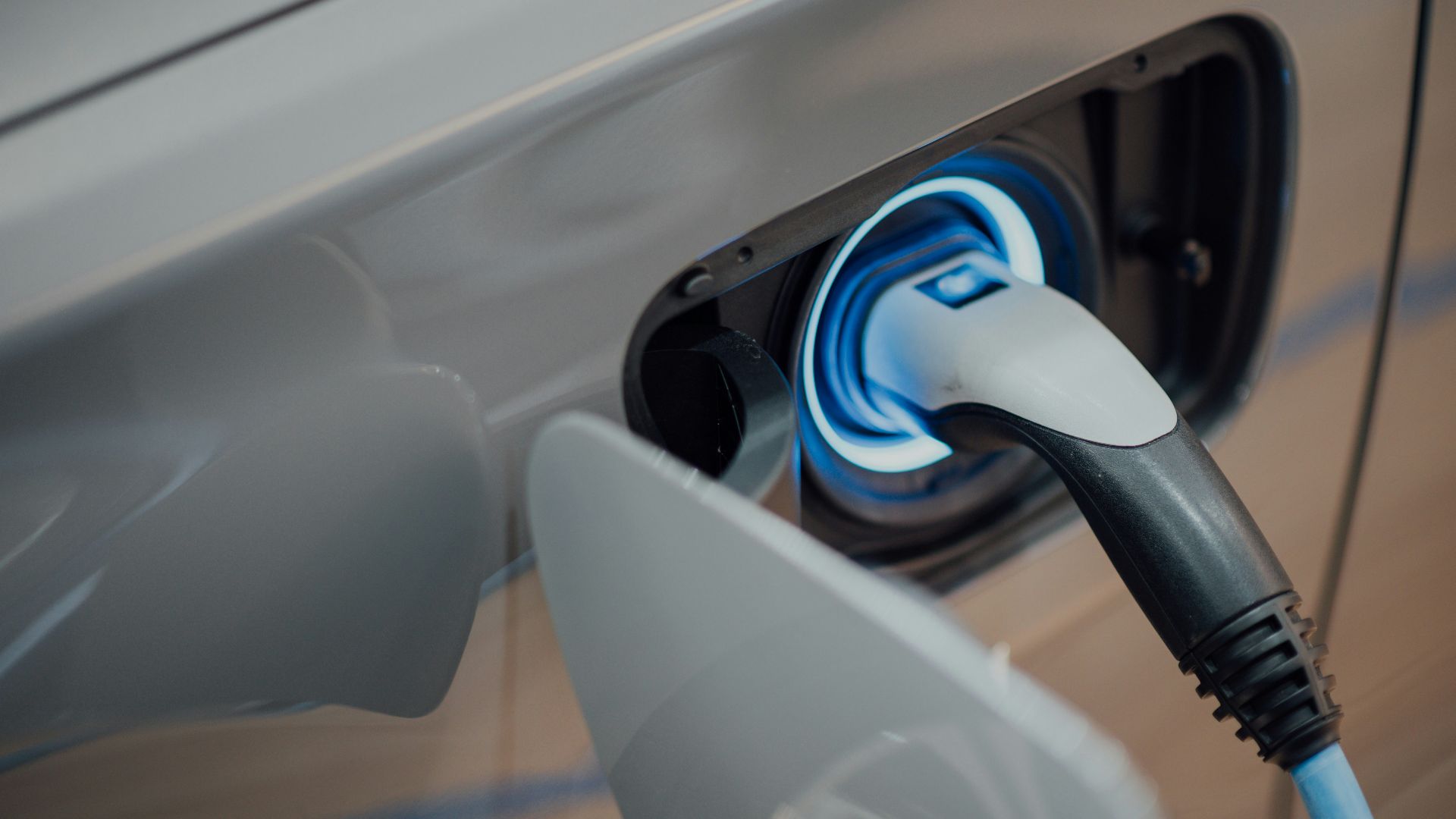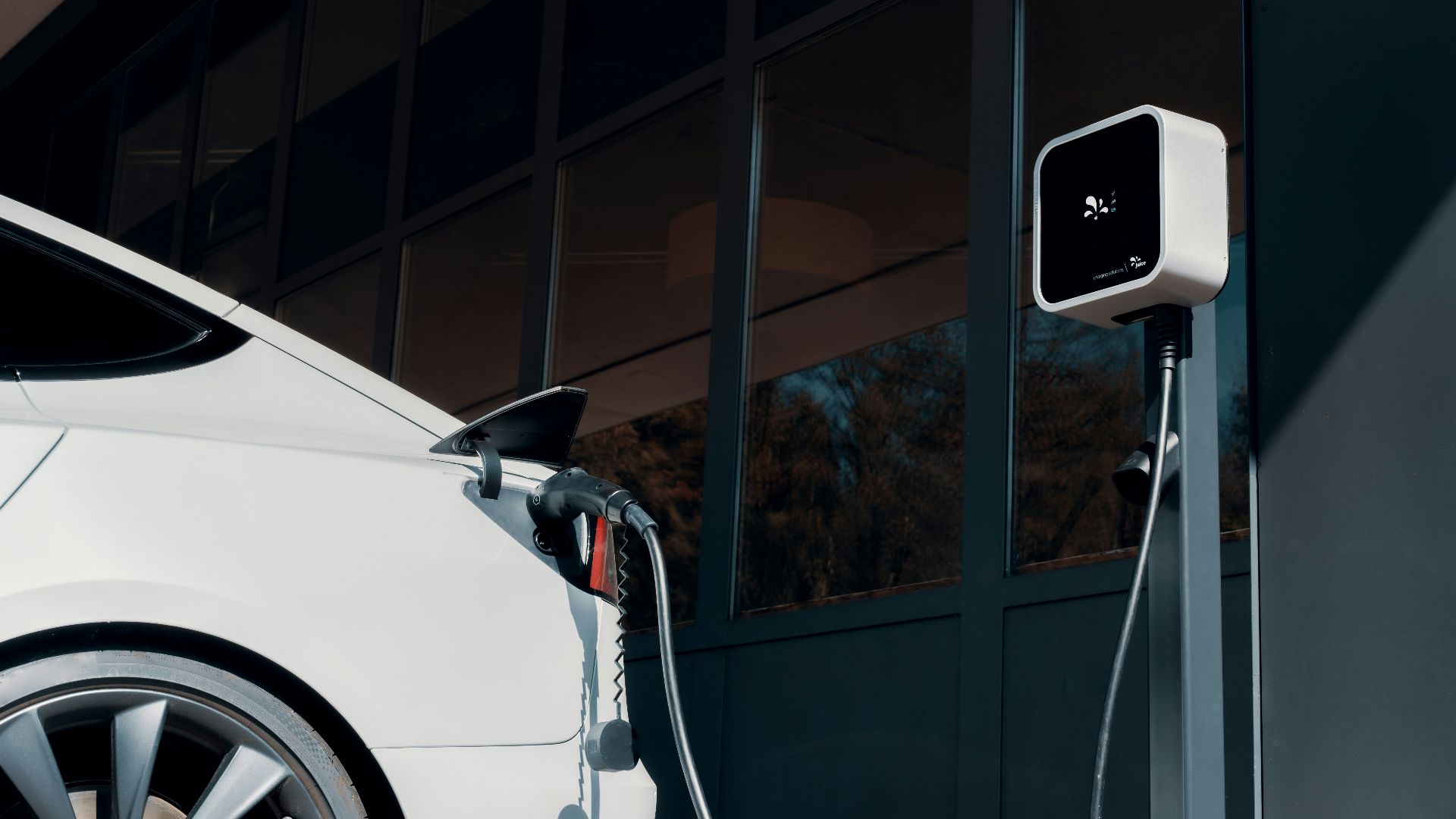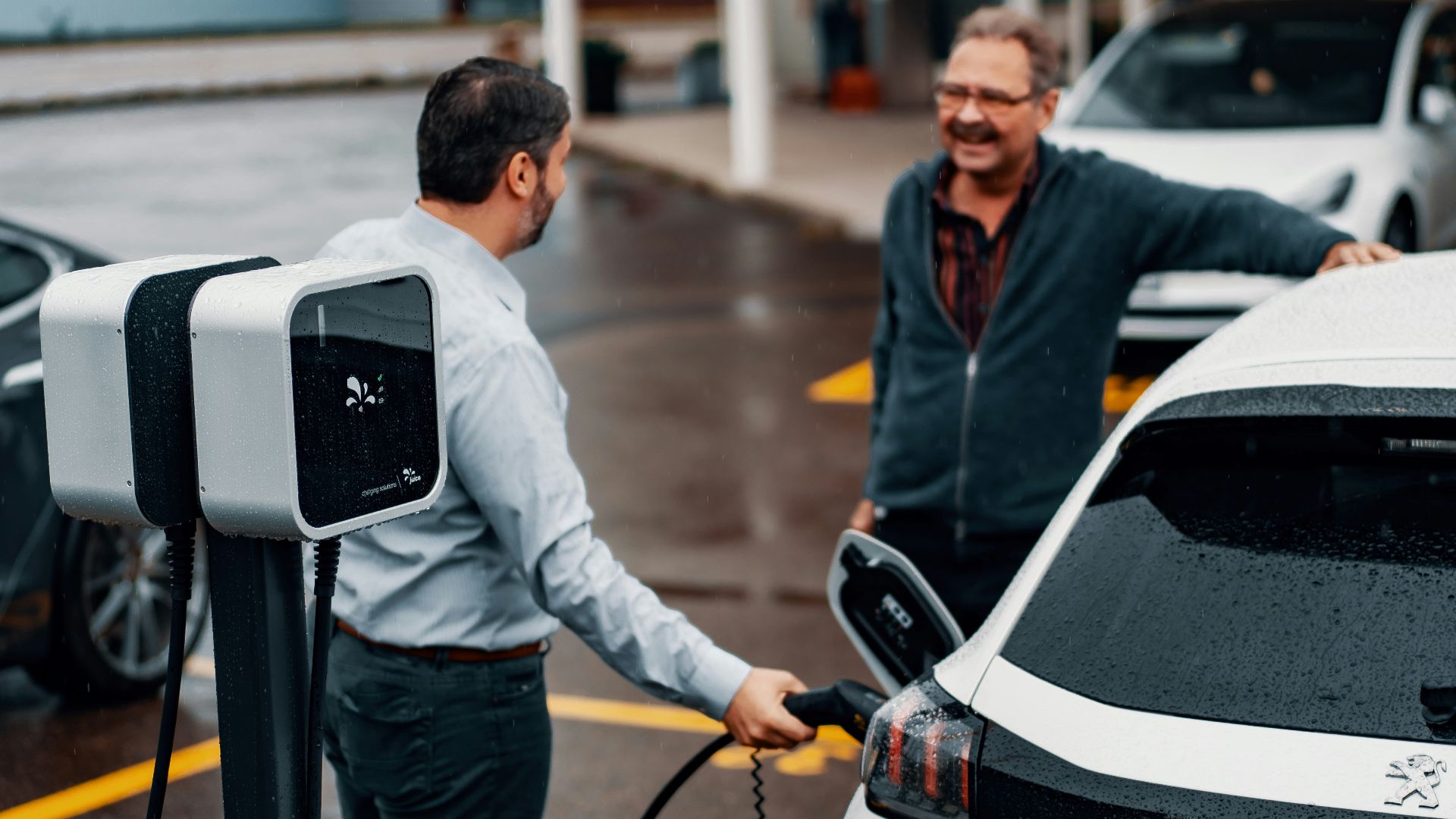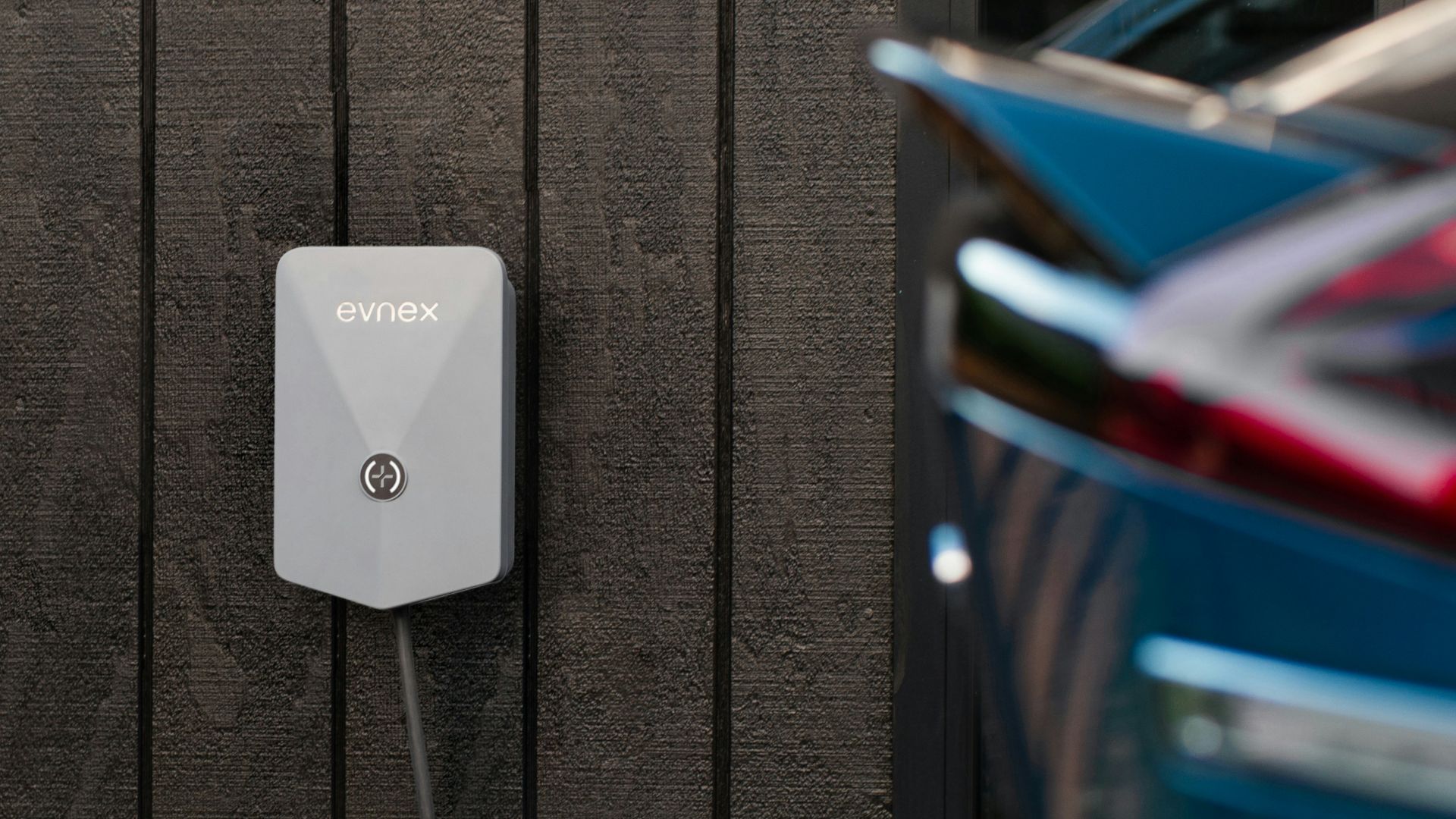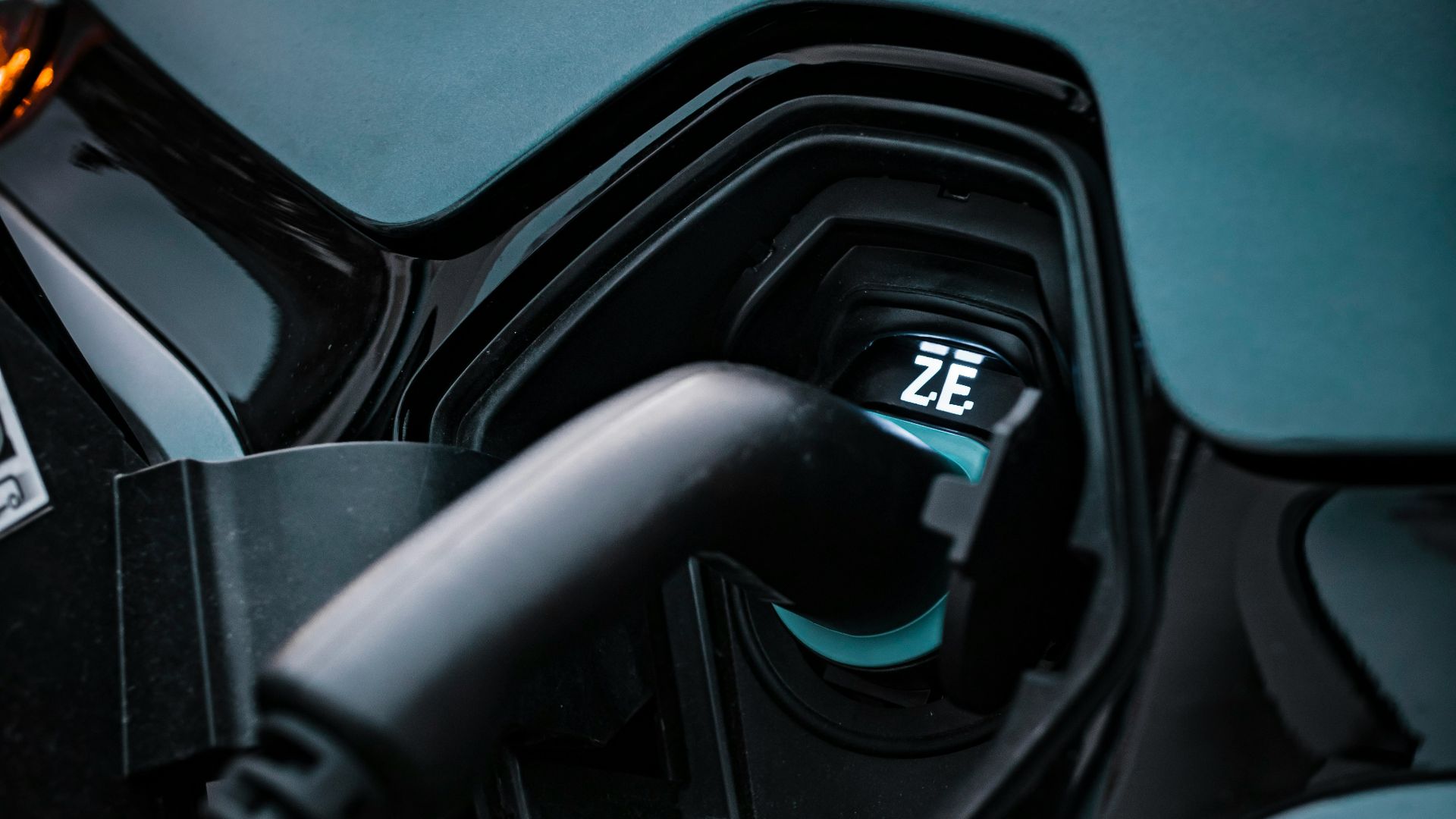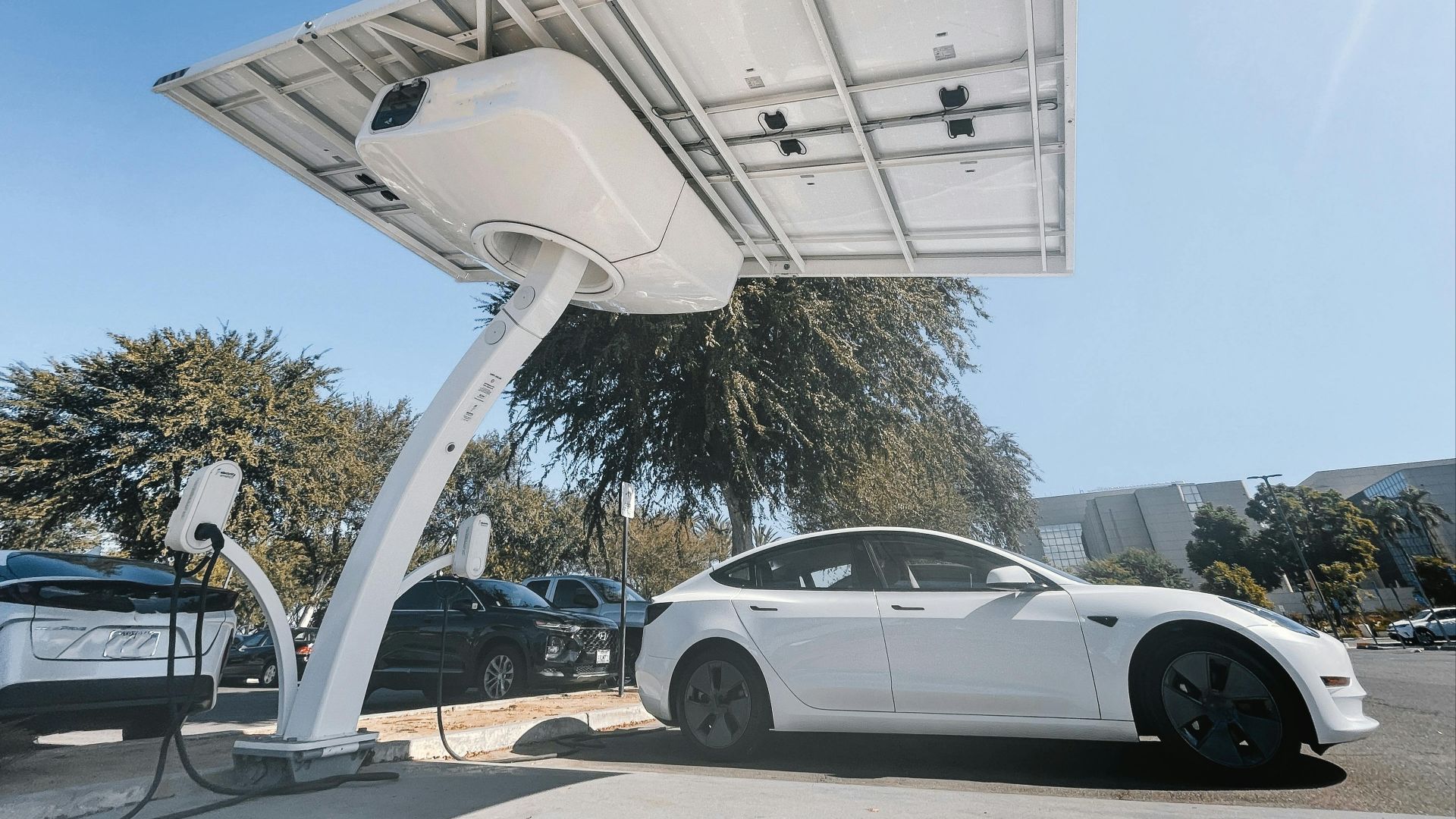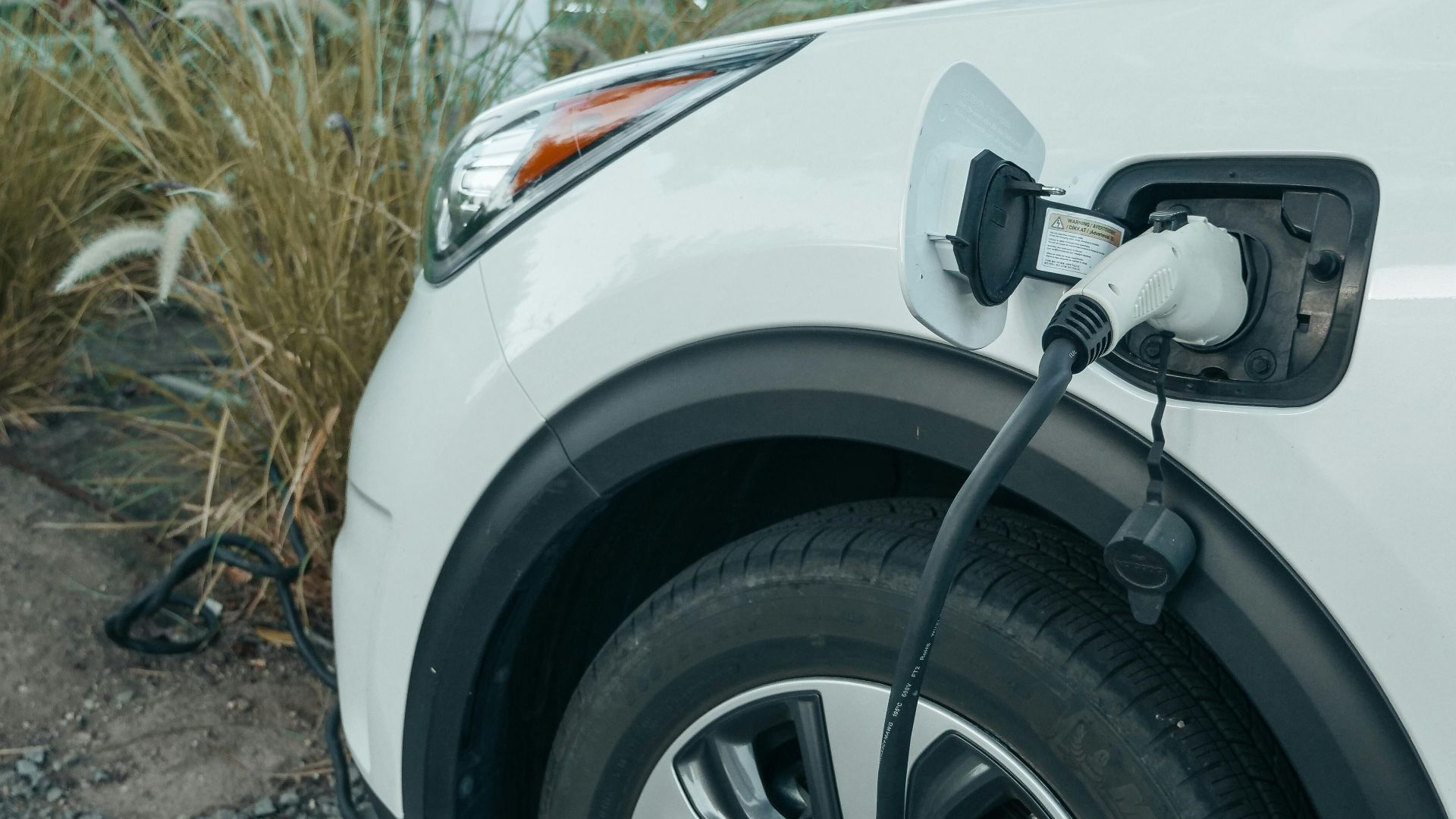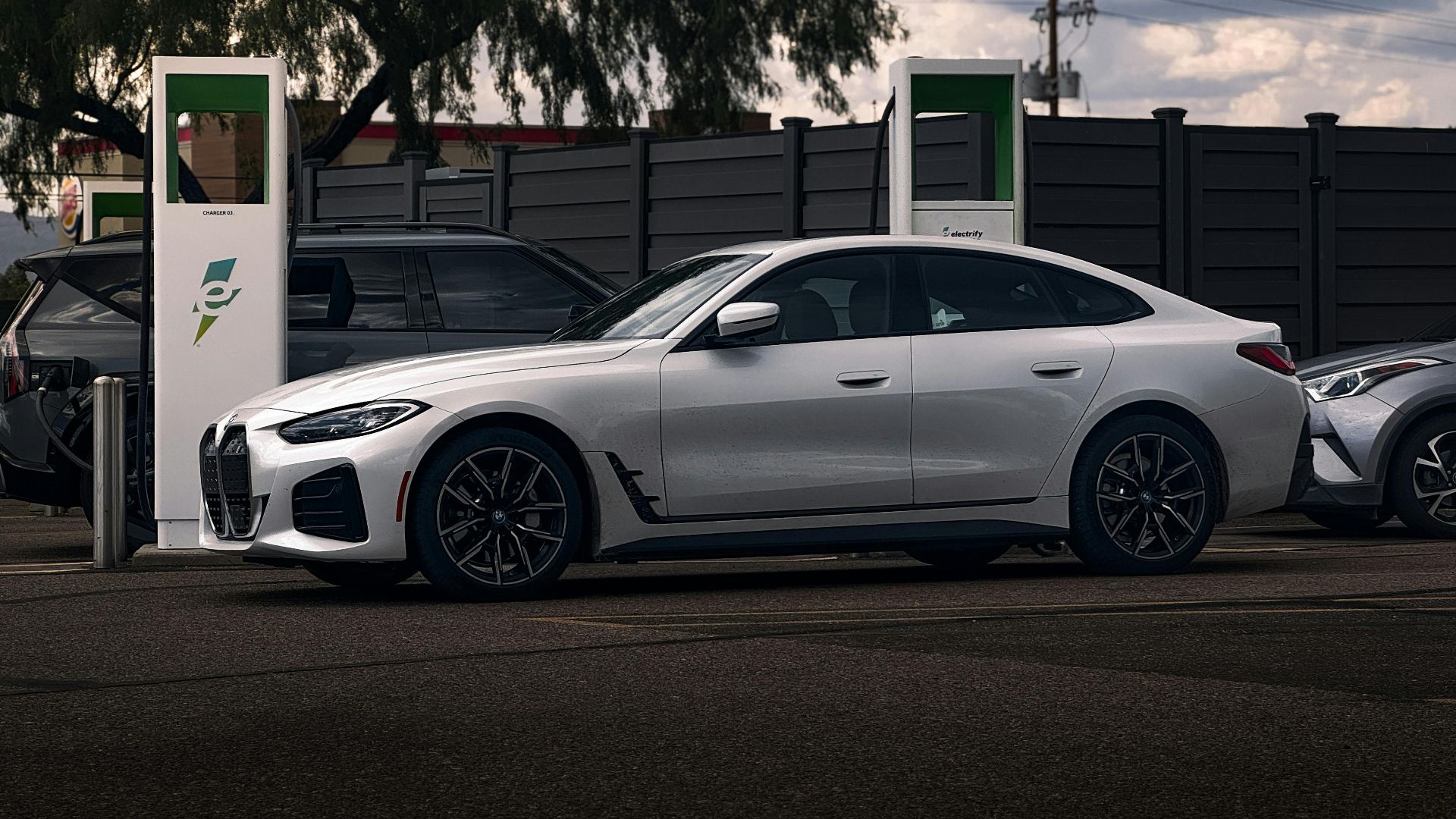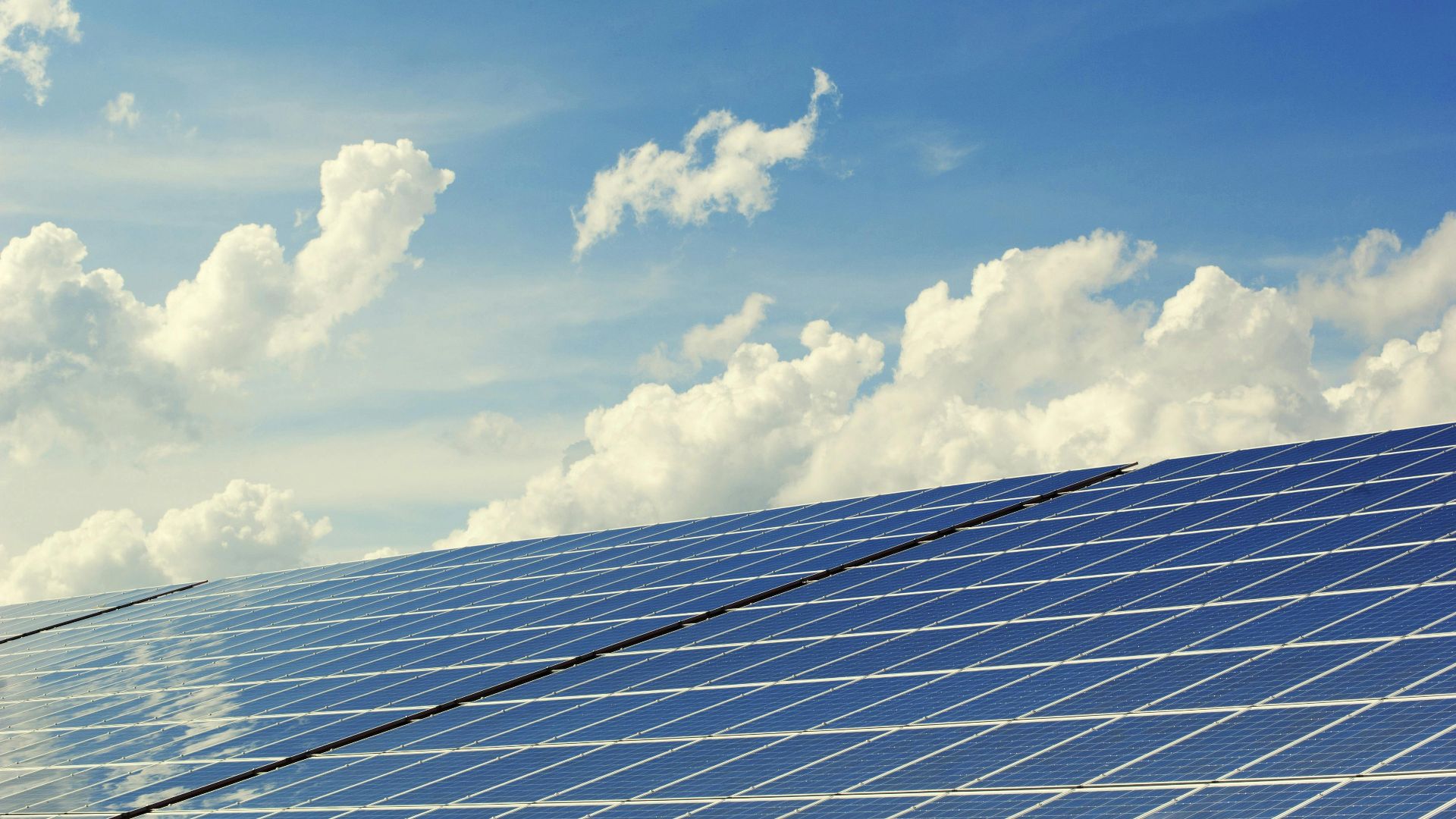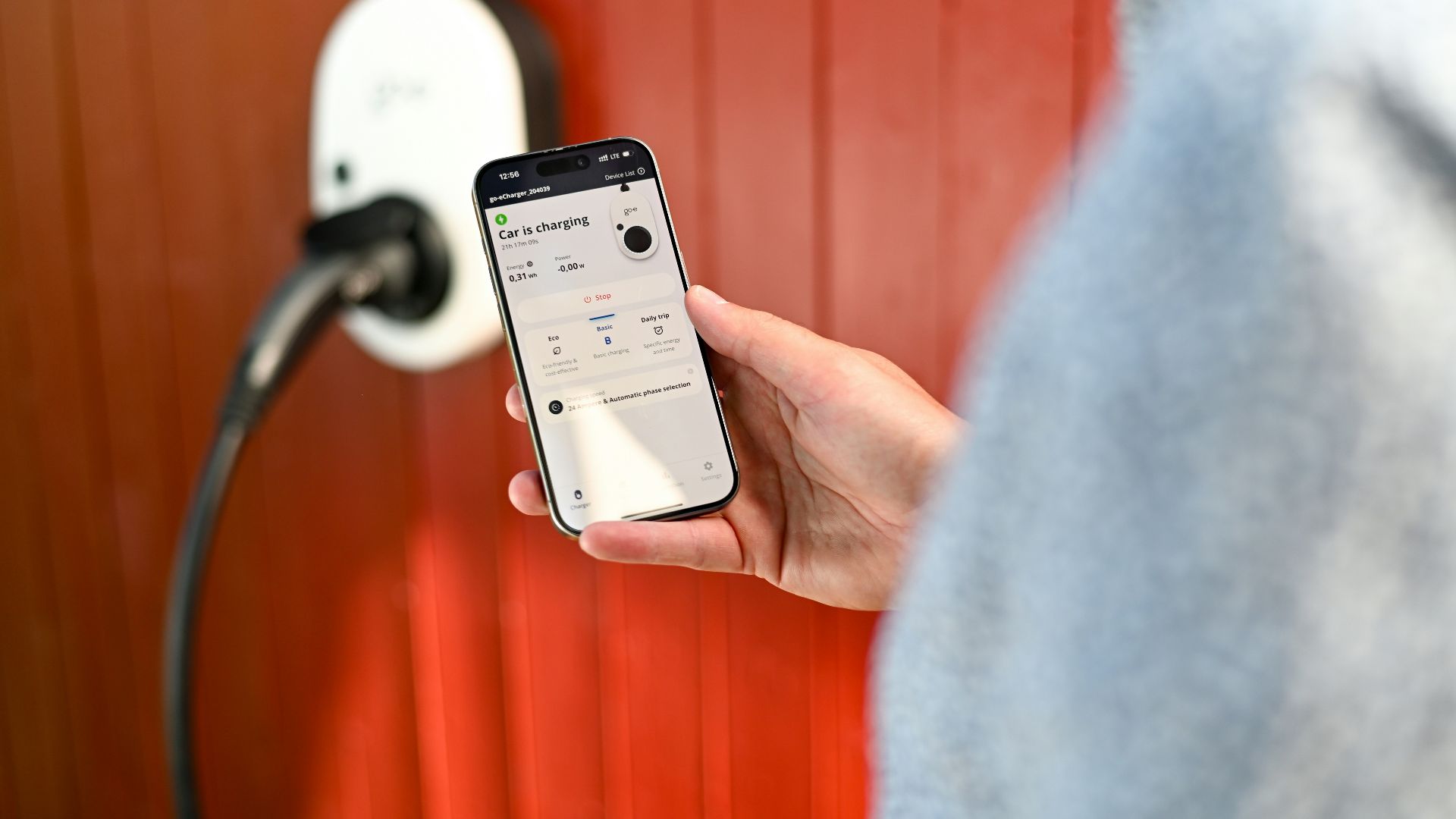Current Problems: Why Your EV Is Zapping Your Wallet
When you bought your electric vehicle, you probably pictured quiet drives and smaller bills—not sticker shock from your utility company. Yet many new EV owners are surprised when their first post-purchase electric bill arrives higher than expected.
The good news? You’re probably not doing anything wrong—just charging inefficiently. A few small tweaks can make a big difference. However, if you’re seeing sky-high bills, that’s not normal. So, we’ll also get into that as well.
Your EV Is Basically a New Appliance
Think of your EV like adding another refrigerator—or two—to your home. Charging uses a lot of power, especially if you’re plugging in every night. The U.S. Department of Energy estimates that a typical EV adds about $30–$60 per month to your electric bill. So, let’s start by discussing how to make it so that you see the low end of that range (or even lower).
You Might Be Charging During Peak Hours
Electric rates often spike in the evening when everyone’s using power. If you plug in right after work, you might be paying the highest rates of the day. Shifting your charging to overnight “off-peak” hours can make a noticeable difference.
Smart Chargers Can Save You Money Automatically
Modern Level 2 chargers let you schedule charging times. Many even sync with your utility’s off-peak pricing. Setting your car to start charging after midnight could easily save 20–40 percent on electricity costs over time.
Your Utility Company Might Offer EV Discounts
Many utilities have special EV rate plans, but you have to enroll. These plans often include time-of-use pricing that rewards off-peak charging. Check your account or call customer service—you might be missing out on easy savings.
When the Increase Is Much Higher
If your bill jumped by hundreds instead of tens, that’s a red flag. A sudden $150–$300 spike usually means something in your setup, charging habits, or rate plan needs attention. EVs are efficient, so extreme costs almost always point to an avoidable issue.
Peak-Hour Charging Adds Up Fast
Many EV owners don’t realize they’re charging at the most expensive times of day. Plugging in between 4 and 9 p.m. can double or even triple your rate per kilowatt-hour. Scheduling your car to charge after midnight can immediately lower costs.
Check for Constant or Inefficient Charging
Leaving your EV plugged in all day—or using a high-amperage setting unnecessarily—can waste energy. Even when idle, the battery management system draws small amounts of power. Try charging to 80 or 90 percent overnight, then unplugging in the morning.
Don’t Overlook Equipment or Rate Issues
Sometimes it’s not you—it’s the setup. A miswired charger, faulty circuit, or missing EV rate plan can cause inflated bills. Smart chargers and submetering can pinpoint if your system is using more power than your car actually receives.
Level 2 Chargers Draw Serious Power
A Level 2 home charger can use 7–12 kilowatts, similar to running a clothes dryer for several hours. That kind of load adds up fast, especially if your car’s battery is large or you drive long distances daily.
Public Charging at Home Rates—Not the Same Thing
Fast chargers at public stations cost more because you’re paying for speed and convenience. But at home, you control when and how fast you charge. Slower overnight charging is cheaper—and better for battery health.
It’s Easy to Forget “Vampire Drain”
Even when parked, EVs use small amounts of power for system checks, updates, or climate conditioning. Leaving your vehicle plugged in constantly or running preconditioning can quietly increase your monthly usage.
Your Home’s Total Usage May Have Shifted
Don't put all the blame on your EV. It may not be the only culprit here. New appliances, more time spent at home, or seasonal changes like summer air conditioning can compound your bill. Try comparing usage from the same month last year before blaming the car.
A Dedicated Circuit Helps Track EV Power
Installing a smart charger or a submetered circuit lets you monitor exactly how much electricity your EV uses. Some utilities even require this setup for EV rate discounts. It’s worth asking your electrician about.
Cold Weather Increases Energy Use
Charging efficiency drops in cold weather. The battery heater kicks in, and you might precondition your car more often. According to the Department of Energy, winter driving can increase energy use by up to 30 percent.
Try Charging Every Other Day
You don’t need to top off nightly. Most EV owners can go two or three days between charges without range anxiety. This small habit can cut power consumption noticeably without impacting your daily driving.
Your Charger Settings Might Be Overkill
Many chargers default to maximum amperage. Dialing back your charging rate can still fill your battery overnight while using less power per session. It’s gentler on your home’s wiring, too.
Take Advantage of Free Charging
If your workplace, parking garage, or local shopping center offers free EV charging, use it to your advantage. Even a few free sessions a week can noticeably reduce your home electricity use. Plan errands or commuting schedules around those opportunities—you’ll stretch your range and shrink your monthly bill at the same time.
Charging in the Afternoon? Bad Idea
Some states, especially in the West, have steep demand charges in the afternoon. EV blogger Tom Moloughney says, “Charging between 4 and 9 p.m. can double your rate in some areas—it’s like running your car on premium electricity.”
Your Utility Might Offer Rebates for Smart Chargers
Many local utilities provide rebates of $100–$500 for installing qualified Level 2 chargers that can be remotely managed. They’ll even lower your rate for participating in managed charging programs.
Solar Panels Change the Game
If you have solar, charging midday while panels are generating can offset most or all of your charging cost. It’s one of the best ways to make EV ownership nearly energy-neutral.
Use Apps to Monitor Charging Costs
Apps like ChargePoint, Emporia, or JuiceNet let you track exactly how much each charging session costs. You’ll see patterns and can easily spot when rates are highest—or when something’s draining extra power.
Check for Firmware or Software Updates
Both your EV and charger receive updates that can affect efficiency. Manufacturers occasionally patch charging behaviors to reduce unnecessary battery heating or standby draw. Keep everything updated to optimize performance.
You May Need to Adjust Your Expectations
If you used to spend $200 per month on gas, and now your bill rose by $40, you’re still ahead. The average EV owner saves over $1,000 per year on fuel and maintenance combined, according to Consumer Reports.
In Short—You’re Probably Not Doing Anything Wrong
That higher bill likely reflects real energy usage, not a mistake. By charging smarter—off-peak, efficiently, and with the right settings—you can keep your EV affordable and your conscience (and wallet) clear.
 Dennis Elzinga, Wikimedia Commons
Dennis Elzinga, Wikimedia Commons
You Might Also Like:
Ugly Muscle Cars That Scream "Looks Don't Matter, Power Does"
What's The Deal With That New Electric Car With The "V" Logo We're Seeing Everywhere These Days?

